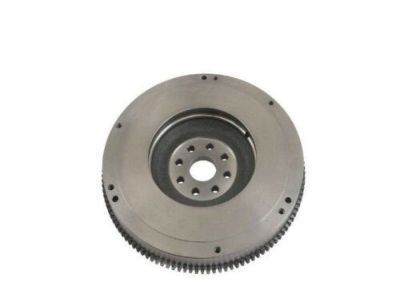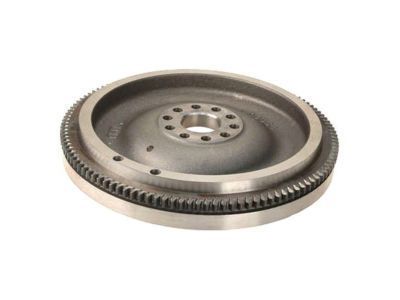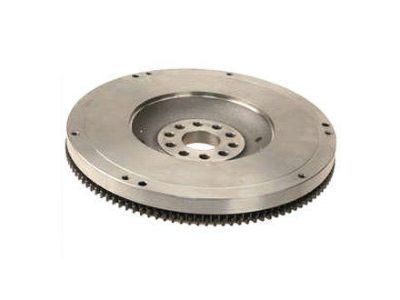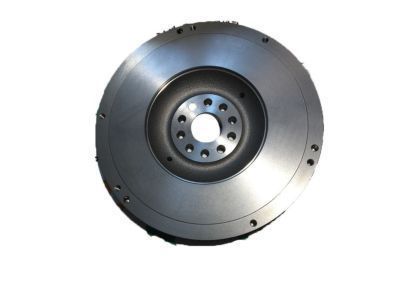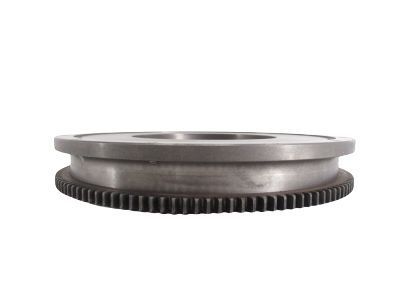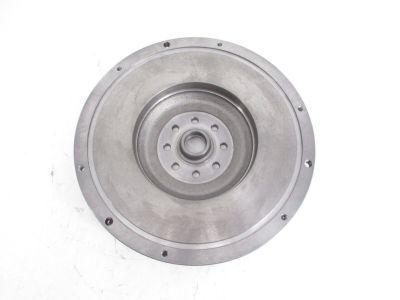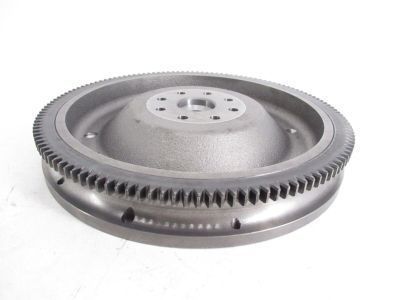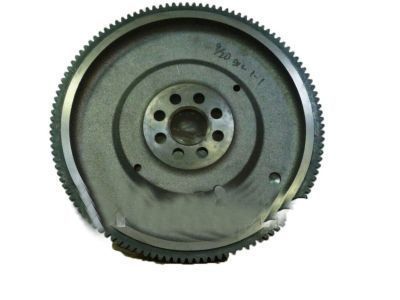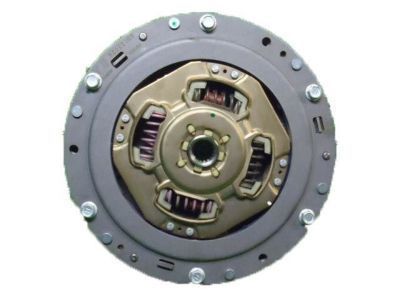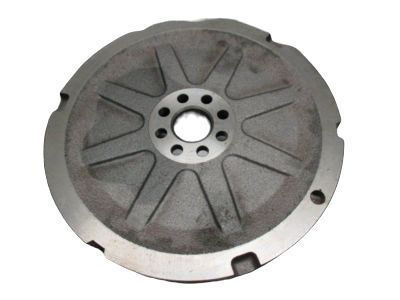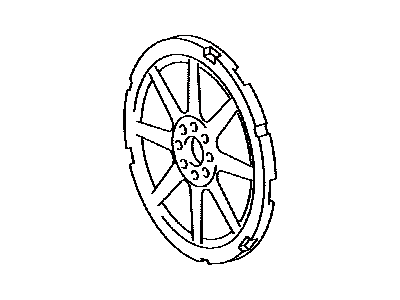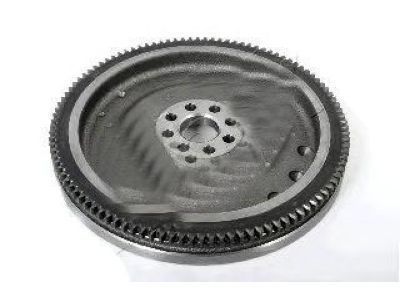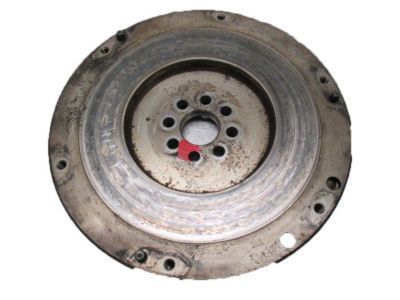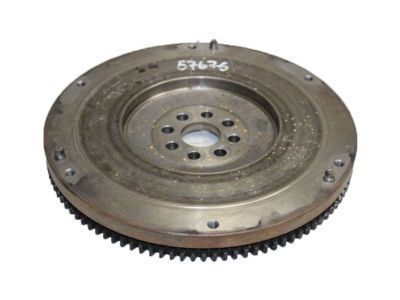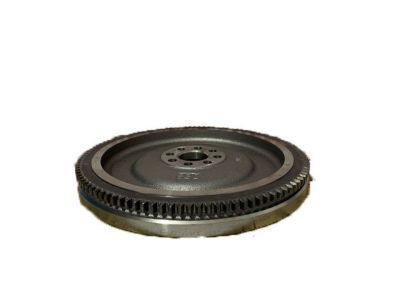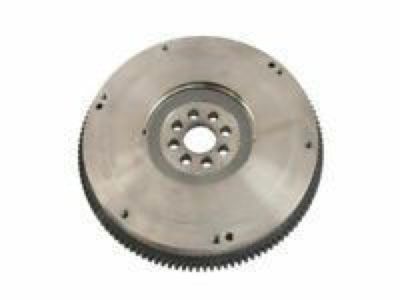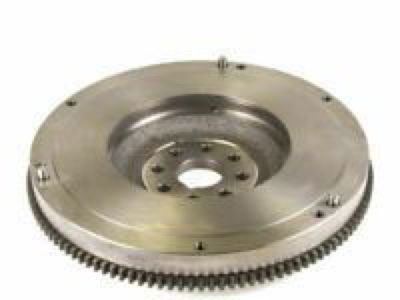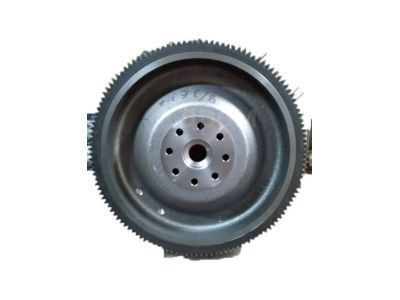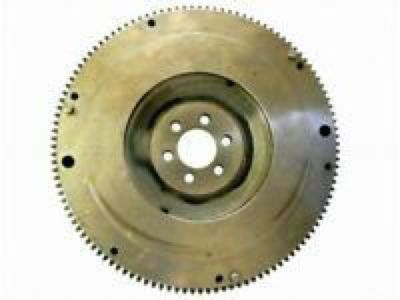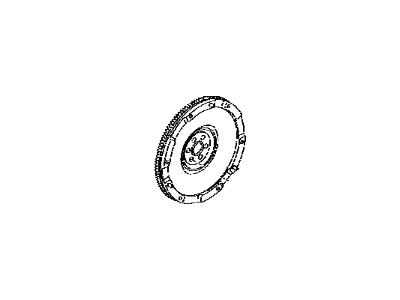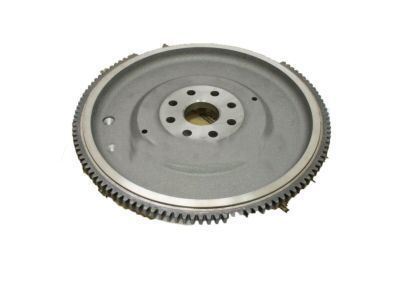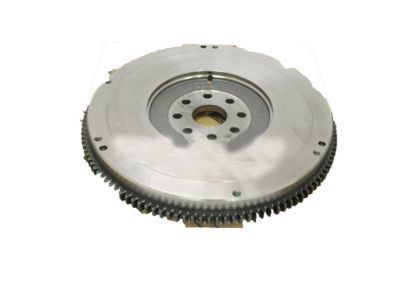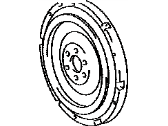

My Garage
My Account
Cart
Genuine Toyota Flywheel
Clutch Flywheel- Select Vehicle by Model
- Select Vehicle by VIN
Select Vehicle by Model
orMake
Model
Year
Select Vehicle by VIN
For the most accurate results, select vehicle by your VIN (Vehicle Identification Number).
100 Flywheels found
Toyota FLYWHEEL Sub-Assembly
Part Number: 13405-46040$476.65 MSRP: $711.06You Save: $234.41 (33%)Ships in 1-3 Business DaysProduct Specifications- Other Name: Flywheel Sub-Assy; Flywheel
Toyota FLYWHEEL Sub-Assembly
Part Number: 13405-62030$632.63 MSRP: $944.60You Save: $311.97 (34%)Ships in 1-3 Business DaysProduct Specifications- Other Name: Flywheel Sub-Assy; Flywheel
Toyota FLYWHEEL Sub-Assembly
Part Number: 13405-75060$432.50 MSRP: $645.19You Save: $212.69 (33%)Ships in 1-3 Business DaysProduct Specifications- Other Name: Flywheel Sub-Assy; Flywheel
Toyota FLYWHEEL Sub-Assembly
Part Number: 13405-31081$515.01 MSRP: $768.29You Save: $253.28 (33%)Ships in 1-3 Business DaysProduct Specifications- Other Name: Flywheel Sub-Assy; Flywheel
- Replaces: 13405-31080
Toyota FLYWHEEL Sub-Assembly
Part Number: 13405-28020$385.44 MSRP: $575.00You Save: $189.56 (33%)Ships in 1-3 Business DaysProduct Specifications- Other Name: Flywheel Sub-Assy; Flywheel
Toyota Flywheel
Part Number: 13451-37080$347.06 MSRP: $497.66You Save: $150.60 (31%)Ships in 1-2 Business DaysProduct Specifications- Other Name: Flywheel Sub-Assy; Drive Plate
Toyota FLYWHEEL Sub-Assembly
Part Number: 13405-22020$366.04 MSRP: $546.07You Save: $180.03 (33%)Ships in 1 Business DayProduct Specifications- Other Name: Flywheel Sub-Assy; Flywheel
- Manufacturer Note: TYPE A:REFER ILLUST.
- Replaces: 13451-22020
Toyota FLYWHEEL Sub-Assembly
Part Number: 13405-37051$319.10 MSRP: $457.57You Save: $138.47 (31%)Ships in 1-3 Business DaysProduct Specifications- Other Name: Flywheel Sub-Assy; Flywheel
- Replaces: 13405-37050
Toyota FLYWHEEL Sub-Assembly
Part Number: 13405-31080$515.01 MSRP: $768.29You Save: $253.28 (33%)Ships in 1-3 Business DaysProduct Specifications- Other Name: Flywheel Sub-Assy
- Replaced by: 13405-31081
Toyota FLYWHEEL Sub-Assembly
Part Number: 13405-31140$546.85 MSRP: $816.52You Save: $269.67 (34%)Ships in 1-2 Business DaysProduct Specifications- Other Name: Flywheel Sub-Assy; Flywheel
Toyota FLYWHEEL Sub-Assembly
Part Number: 13405-WB001$338.59 MSRP: $485.52You Save: $146.93 (31%)Ships in 1-3 Business DaysProduct Specifications- Other Name: Flywheel Sub-Assy; Flywheel
Toyota FLYWHEEL Sub-Assembly
Part Number: 13405-75030$538.05 MSRP: $803.38You Save: $265.33 (34%)Ships in 1-3 Business DaysProduct Specifications- Other Name: Flywheel Sub-Assy; Flywheel
Toyota FLYWHEEL Sub-Assembly
Part Number: 13405-74120$416.22 MSRP: $620.91You Save: $204.69 (33%)Ships in 1-3 Business DaysProduct Specifications- Other Name: Flywheel Sub-Assy; Flywheel
- Manufacturer Note: (J)
- Replaces: 13405-74031, 13405-03010
Toyota FLYWHEEL Sub-Assembly
Part Number: 13405-21030$347.06 MSRP: $497.66You Save: $150.60 (31%)Ships in 1-3 Business DaysProduct Specifications- Other Name: Flywheel Sub-Assy; Flywheel
Toyota FLYWHEEL Sub-Assembly
Part Number: 13405-74051$414.53 MSRP: $618.40You Save: $203.87 (33%)Ships in 1-3 Business DaysProduct Specifications- Other Name: Flywheel Sub-Assy; Flywheel
Toyota FLYWHEEL ASSY, W/DAM
Part Number: 13450-18021$1294.35 MSRP: $1932.64You Save: $638.29 (34%)Ships in 1-2 Business DaysProduct Specifications- Other Name: Flywheel
- Product Specifications
- Other Name: Flywheel Sub-Assy; Flywheel
Toyota FLYWHEEL Assembly, W/DAM
Part Number: 13450-24020$1281.42 MSRP: $1913.34You Save: $631.92 (34%)Product Specifications- Other Name: Flywheel
- Product Specifications
- Other Name: Flywheel
- Replaces: 13450-0W010
- Product Specifications
- Other Name: Flywheel Sub-Assy; Flywheel
- Replaces: 13405-39125, 13405-39225, 13405-39075
| Page 1 of 5 |Next >
1-20 of 100 Results
About Toyota Flywheel
Speed demons, watch out. Before you step on that gas pedal, you better be sure that the flywheel's in good shape. A cracked flywheel is a ticking bomb. Rev your car's engine too high and you may end up having shrapnel-like fragments blasting out of the engine bay. To keep this mechanical part in good shape, you have to understand its function. Once you start feeling weird vibrations along the drivetrain, that's your cue to get a OEM Toyota flywheel for your vehicle. Don't worry, Toyota Parts Deal offers a lot of durable OEM Toyota flywheels at more affordable prices.
Toyota Flywheel Parts Questions & Experts Answers
- Q: How to remove and install the flywheel/driveplate in Pushrod engine on Toyota Land Cruiser?A:To remove the transmission, raise the vehicle and support it securely on jackstands, then remove the transmission. If it's leaking, now is a good time to replace the front pump seal/O-ring for automatic transmissions. For manual transmissions, remove the pressure plate and clutch disc, and consider checking or replacing the clutch components and pilot bearing. Make alignment marks on the flywheel/driveplate and crankshaft to ensure correct alignment during reinstallation. Remove the bolts securing the flywheel/driveplate to the crankshaft, using a pry bar or screwdriver to prevent the flywheel from turning. Carefully remove the flywheel/driveplate, supporting it while removing the last bolt. Clean the flywheel to remove grease and oil, inspecting for cracks, rivet grooves, burned areas, and score marks, with light scoring removable using emery cloth. Check for cracked or broken ring gear teeth and warpage using a straightedge. Clean and inspect the mating surfaces of the flywheel/driveplate and crankshaft, replacing the crankshaft rear seal if leaking. Position the flywheel/driveplate against the crankshaft, aligning the marks made during removal, and apply thread locking compound to the bolt threads before installation. Wedge a screwdriver into the ring gear teeth to prevent turning, and tighten the bolts in a criss-cross sequence to the specified torque. The remainder of the installation follows the reverse of the removal procedure.
- Q: How to remove and install the Flywheel in 3.0L and 3.3L V6 engine on Toyota Highlander?A:Specifically, torque specifications should be adhered to, as it is always indicated. On V6 engines, there are two spacers used in driveplate mounting: one is near the crankshaft flange and the other is between the rear face of the driveplate and the driveplate mounting bolts. Before taking out the driveplate, ensure that you label the spacers and make sure that the spacers are put in their respective positions as before and also are facing the right way.
- Q: How to remove and install the flywheel or driveplate in four cylinder engine on 2005 through 2009 Toyota Tacoma?A:Manual transmission-equipped models use flywheels, while "Driveplate" refers to the automatic transmission version of this part. To begin removal, disconnect the cable from the negative terminal of the battery. For vehicles with manual transmission, remove the pressure plate and clutch disc. Make alignment marks on the flywheel/driveplate and crankshaft to ensure correct alignment during reinstallation. Remove the bolts securing the flywheel/driveplate to the crankshaft, using a screwdriver in the ring gear teeth to hold it if the crankshaft turns. Carefully remove the flywheel/driveplate from the crankshaft, supporting it while removing the last bolt, noting that automatic transmission-equipped vehicles have spacers on both sides of the driveplate. For installation, clean the flywheel/driveplate to remove grease and oil, inspecting the surface for cracks, rivet grooves, burned areas, and score marks, with light scoring removable using emery cloth. Check for cracked or broken ring gear teeth and lay the flywheel on a flat surface to check for warpage with a straightedge. Clean and inspect the mating surfaces of the flywheel/driveplate and crankshaft, replacing the crankshaft rear seal if it is leaking before reinstalling. Position the flywheel/driveplate against the crankshaft, aligning the marks made during removal, and note that some engines have an alignment dowel or staggered bolt holes for correct installation. Apply thread-locking compound to the bolt threads before installation, wedge a screwdriver in the ring gear teeth to prevent turning, and tighten the bolts in a criss-cross pattern, working up to the final torque in three or four steps. The remainder of the installation follows the reverse of the removal procedure.
Related Toyota Parts
Browse by Model
4Runner Flywheel 86 Flywheel Avalon Flywheel Camry Flywheel Celica Flywheel Corolla Cross Flywheel Corolla Flywheel Corolla iM Flywheel Corona Flywheel Cressida Flywheel Crown Flywheel Echo Flywheel FJ Cruiser Flywheel GR Corolla Flywheel GR Supra Flywheel GR86 Flywheel Grand Highlander Flywheel Highlander Flywheel Land Cruiser Flywheel MR2 Flywheel MR2 Spyder Flywheel Matrix Flywheel Paseo Flywheel Pickup Flywheel Previa Flywheel Prius AWD-e Flywheel Prius C Flywheel Prius Flywheel Prius Prime Flywheel Prius V Flywheel RAV4 Flywheel RAV4 Prime Flywheel Sequoia Flywheel Sienna Flywheel Solara Flywheel Starlet Flywheel Supra Flywheel T100 Flywheel Tacoma Flywheel Tercel Flywheel Tundra Flywheel Van Flywheel Venza Flywheel Yaris Flywheel Yaris iA Flywheel


